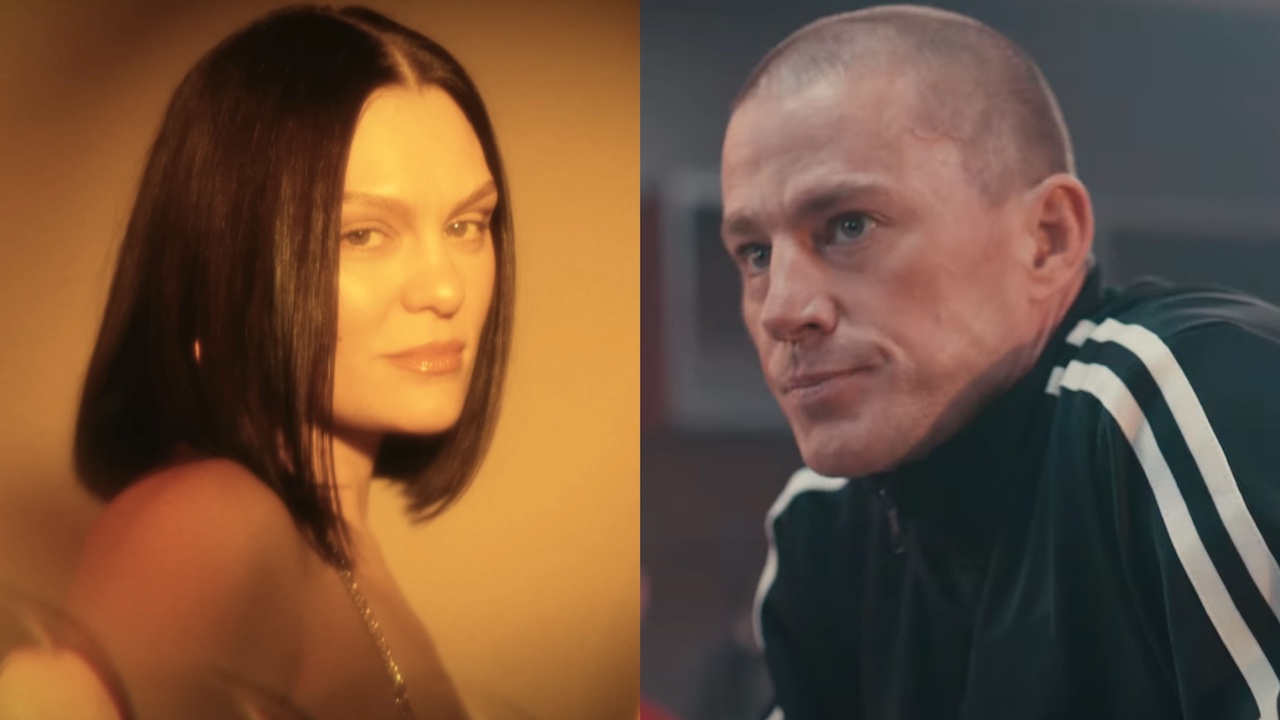I Will Defend Psycho II, And Other Bad Sequels Everyone Hates, And Here’s Why
Bad or just misunderstood?
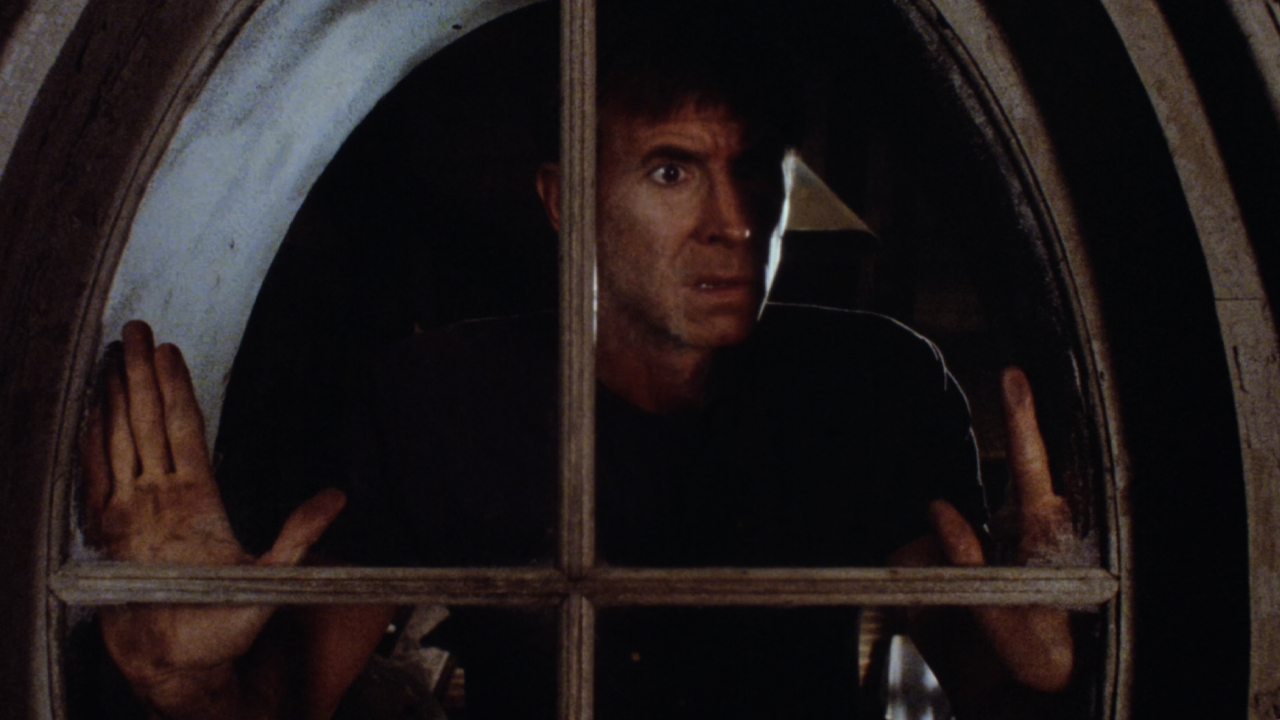
If you ask any rabid fan of horror movies what their favorite sequel is, chances are, they have a choice they love that everyone else hates. It’s the supposed “bad” sequel many wished hadn’t been made, dismissed by critics and mocked by audiences. But a lot of times these so-called “bad” sequels are actually brilliant.
Sure, they’re messy, over-the-top, or tonally offbeat. That’s often the point, though. Even the best horror franchises that have outlived their creators inevitably mutate and shift in tone – there’s good and bad in every series. Even if Rotten Tomatoes says they’re duds, sometimes lightning strikes in the weirdest bottles.
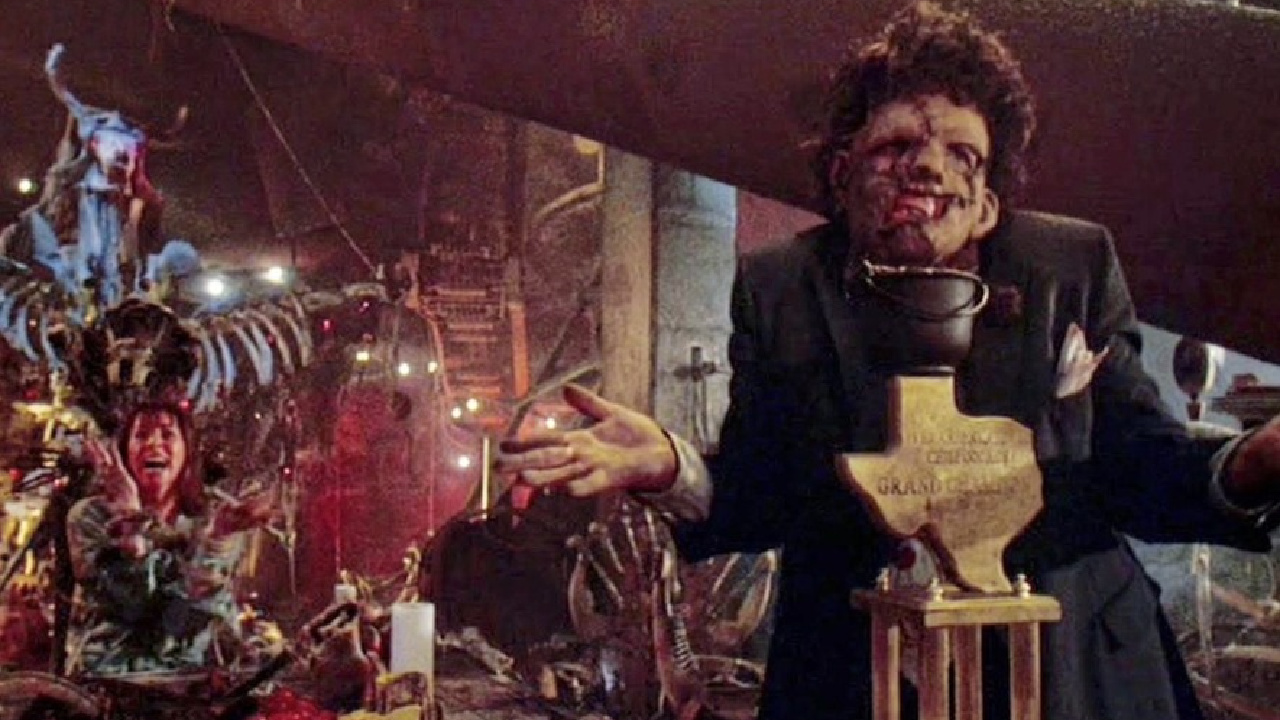
The Texas Chainsaw Massacre 2 (1986)
Tobe Hooper’s 1974 original Texas Chainsaw Massacre is raw, sunbaked nightmare fuel. His sequel? A cocaine-fueled carnival ride through Reagan-era absurdity, which is probably why it isn’t at the top of most people's ranking of the series. The Texas Chainsaw Massacre 2 swaps gritty documentary realism for excessive camp. Leatherface and the Sawyer clan are now living beneath an abandoned theme park, and nothing on screen is subtle. But that’s the point.
Where the first film was about the decay of America’s rural poor, the second turns the lens on consumerism and media exploitation. Dennis Hopper’s vengeful sheriff dual-wielding chainsaws is a fever dream of righteous violence, and Caroline Williams’ “Stretch” is one of horror’s most underrated final girls. The film is ugly, loud, and bursting with ideas. It's punk rock filmmaking at its best.
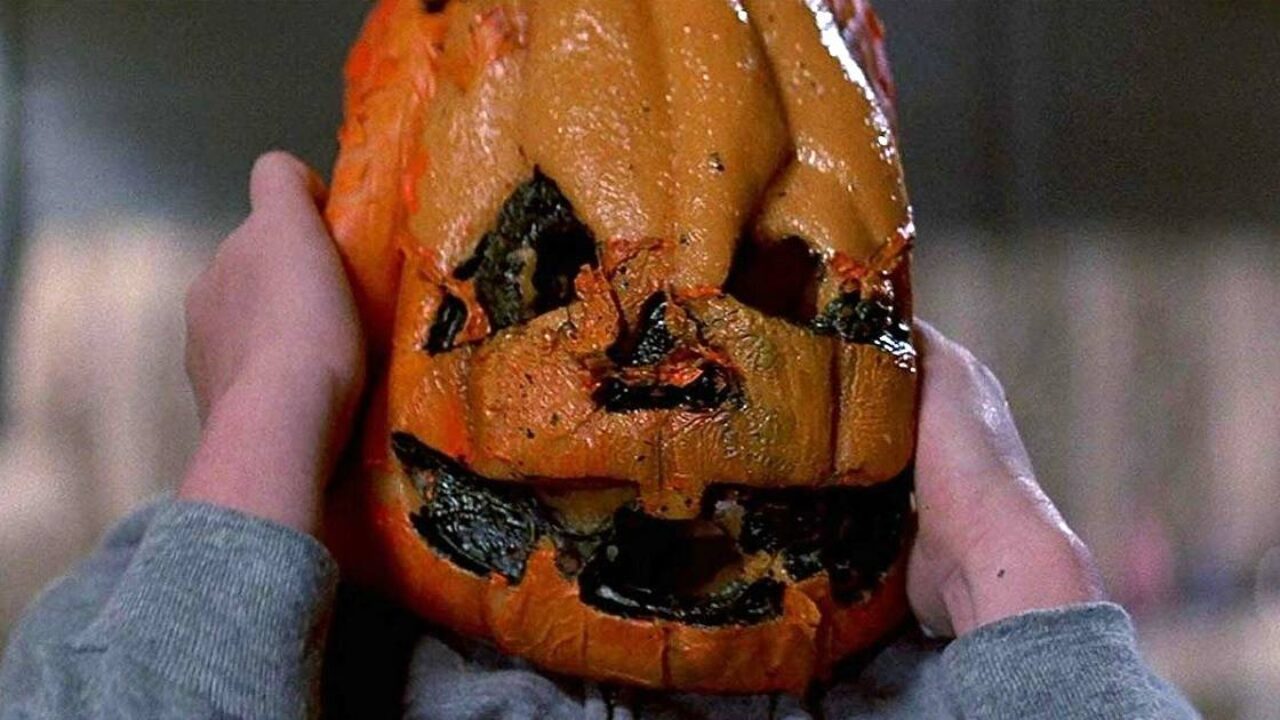
Halloween III: Season of the Witch (1982)
Everyone knows the story: Halloween III dropped Michael Myers entirely, and audiences revolted. However, time has been kind to this misunderstood gem, and oftentimes, when people finally watch it, it becomes their favorite entry in the OG series. John Carpenter and Debra Hill envisioned the franchise as an anthology, each entry telling a new tale of terror tied to the season.
Season of the Witch was the boldest experiment, as it is a techno-occult conspiracy about killer masks and television brainwashing. Yes, it’s weird. But Tommy Lee Wallace’s direction and Carpenter’s score create a unique tone. Tom Atkins’ chain-smoking doctor is no Laurie Strode, but he embodies a kind of blue-collar doom that fits perfectly with the era’s paranoia.
Had audiences embraced it, we might’ve gotten an entire universe of original seasonal stories instead of two decades of reboots. This movie deserves credit for swinging for the fences, and for making “Happy, Happy Halloween” the creepiest jingle ever recorded.
Your Daily Blend of Entertainment News
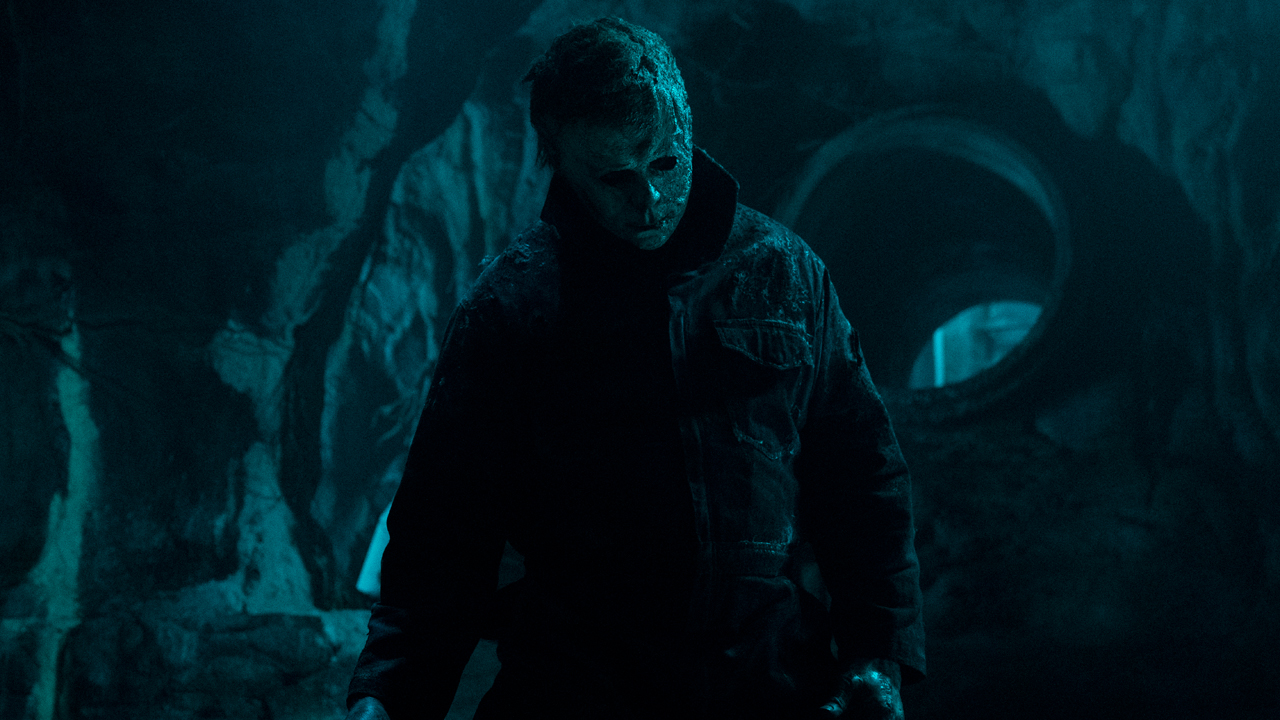
Halloween Ends (2022)
The final chapter of David Gordon Green’s trilogy was divisive, though our own Mike Reyes gave it a pretty good write-up with his 4-star review. Fans expecting 110 minutes of Michael Myers carnage got a slow-burning tragedy about the birth of new evil.
That’s what makes Halloween Ends fascinating. It’s less about Myers himself and more about what his legacy does to a town’s new generation. The introduction of Corey Cunningham as a morally gray successor to evil polarized viewers, but it also gave the film a thematic backbone rarely seen in late-franchise entries. It’s messy, ambitious, and deeply human, and Jamie Lee Curtis’ final moments as Laurie Strode feel earned precisely because the film dared to stray from formula. Love it or hate it, Halloween Ends dared to say that evil doesn’t die; it just finds new hosts.
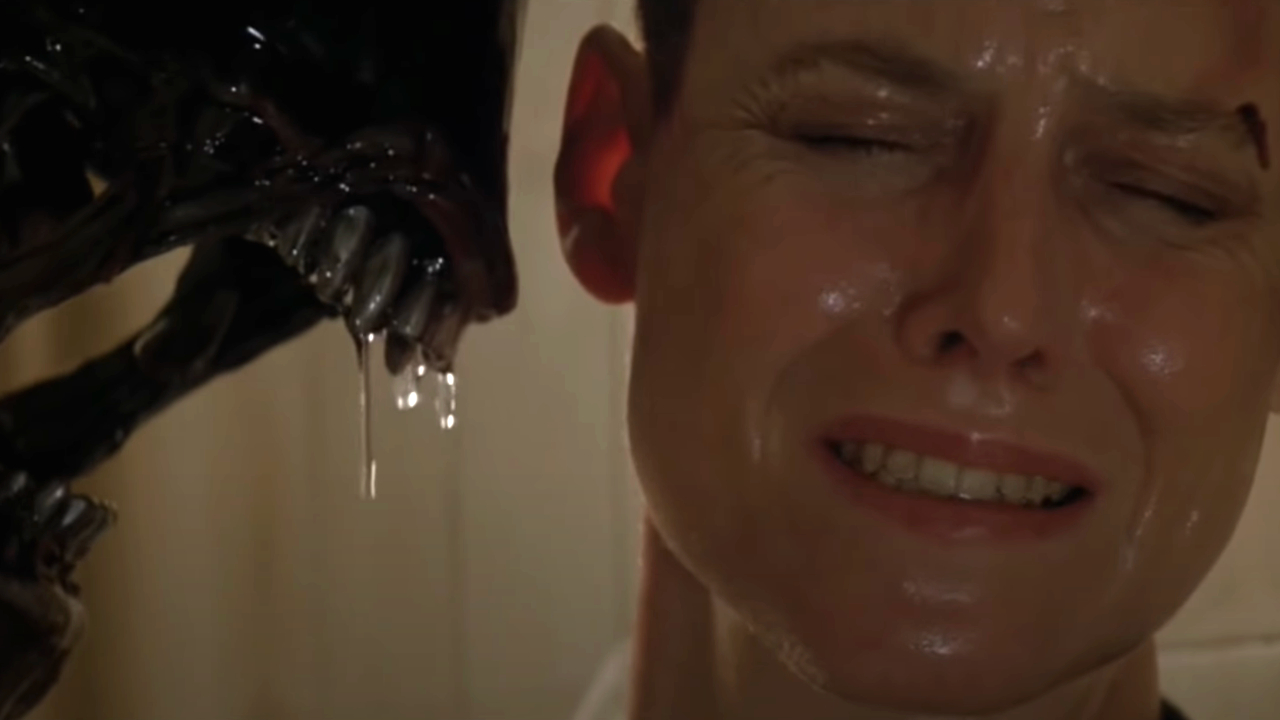
Alien 3 (1992)
After the first sequel turned the Alien franchise into a military-action juggernaut, Alien 3 did the unthinkable and killed off beloved characters in the opening scene. Then David Fincher stranded Ripley on a grimy prison planet populated by rapists and murderers. Fans hated it. But in hindsight, Fincher’s ill-fated debut looks like a haunting eulogy for both Ripley and the genre itself. The film’s nihilism and refusal to offer comfort or closure feel almost transgressive in today’s IP-driven landscape.
Sigourney Weaver’s performance is raw and self-sacrificial, the xenomorph is terrifying again, and Elliot Goldenthal’s score is operatic. Alien 3 isn’t a popcorn sequel, but it is a requiem for survival itself. Fincher famously disowned it, but the bones of greatness were always there. Looking at these movies through a 2025 movie schedule lens, the third entry in this beloved sci-fi franchise feels prophetically grim and fatalistic.
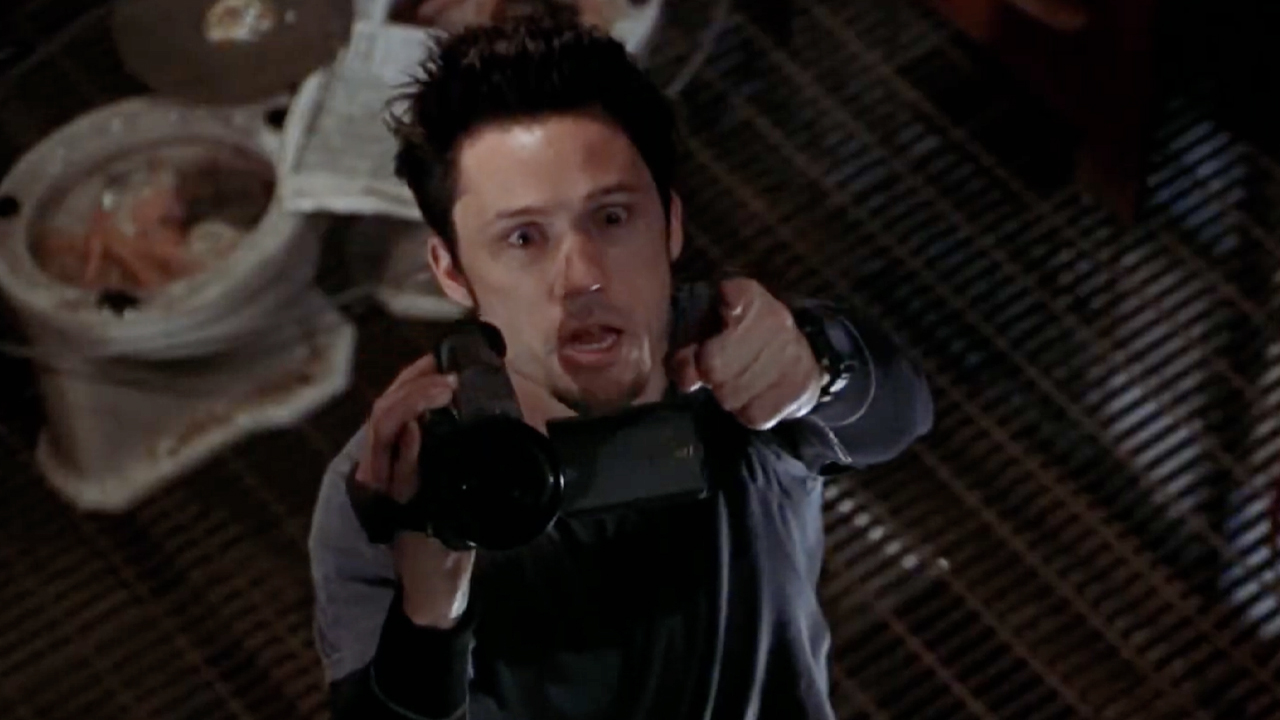
Book Of Shadows: Blair Witch 2 (2000)
No one was ready for this sequel. After the viral phenomenon of The Blair Witch Project, expectations were sky-high, and Joe Berlinger’s Book of Shadows was too strange, too self-aware, and too cynical for its own time, which is why the franchise has ignored its existence since its release.
Looking back, it’s a brilliant deconstruction of fame and the commodification of horror. The film isn’t about witches at all; it's about how people warp reality to fit a narrative. The real evil is the obsession with true crime and with the internet. That feels pretty prescient to me. Sure, it’s a clumsy sequel, with the studio mangling the editing, but its DNA is pure early-2000s media paranoia. Watch it and you’ll see it predicted YouTube horror and online conspiracy culture years ago.
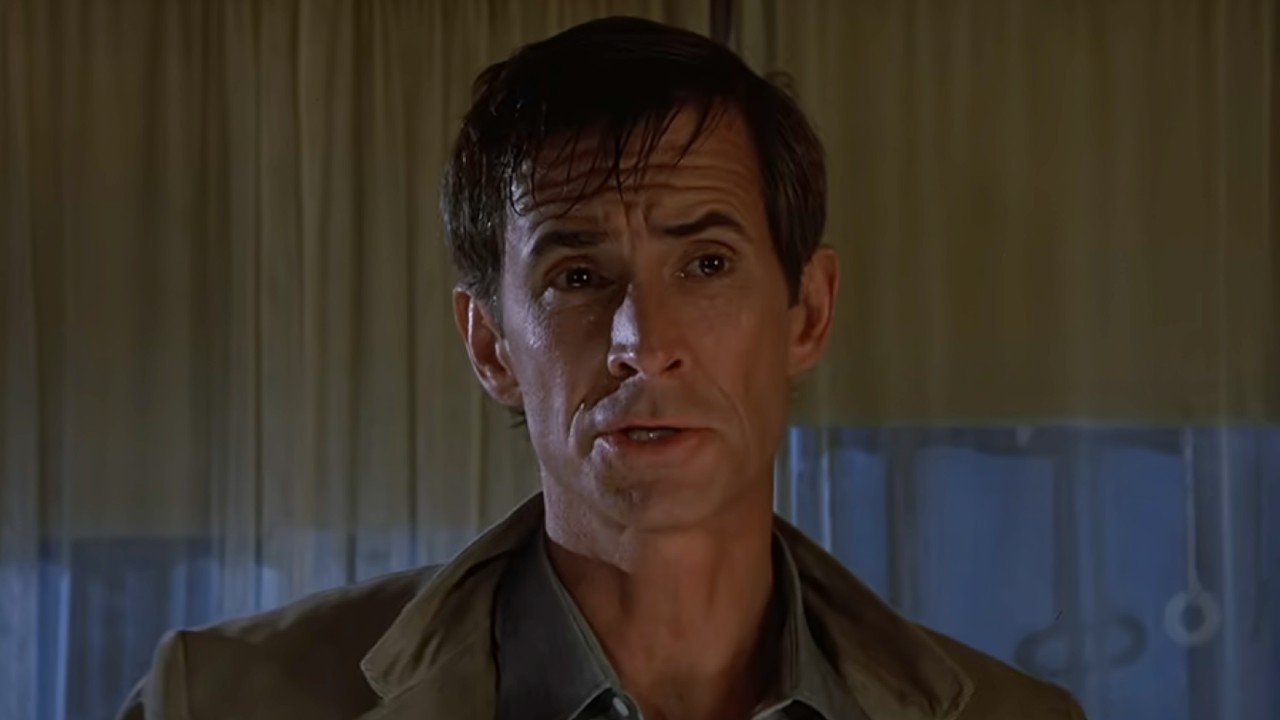
Psycho II (1983)
This is the hill I’ll die on. Psycho II shouldn’t have worked. A sequel to one of Hitchcock’s cinematic masterpieces, made 23 years later, by a different director? And yet, it’s one of the smartest horror continuations ever made.
Anthony Perkins returns as Norman Bates, who’s just been released from an asylum and is trying to live a normal life. The truly horrific thing isn’t Norman’s madness, but how the world refuses to let him recover. Richard Franklin’s direction is full of genuine empathy, turning the slasher formula on its head. The director makes Norman the victim, but by the time the twist comes, it’s less shocking than tragic. It’s the rare sequel that deepens the original without desecrating it, and that ought to count for something.
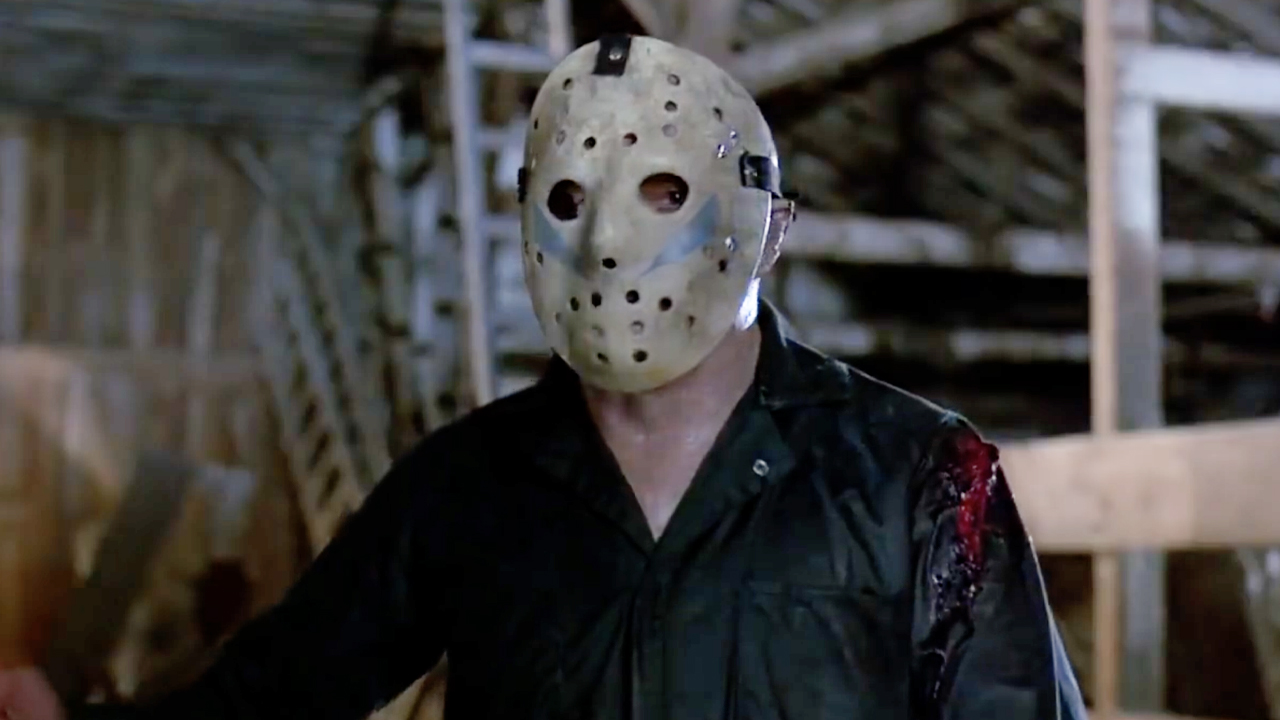
Friday The 13th Part V: A New Beginning (1985)
Horror fans can be brutal when their expectations aren’t met, and A New Beginning proves it. After Jason’s death in The Final Chapter, this sequel dared to continue the story without him, and fans booed it off the screen. Rewatch it now, side by side with the Friday the 13th franchise as a whole, and it plays like a grimy giallo-inspired slasher with an identity crisis (literally). It’s sleazy and occasionally unhinged in ways that feel more Twin Peaks than Camp Crystal Lake.
The fake-out killer twist still divides fans, but A New Beginning nails the series’ actual theme of the cyclical trauma of violence. Tommy Jarvis’ PTSD and fractured psyche add depth that most slashers avoid entirely.
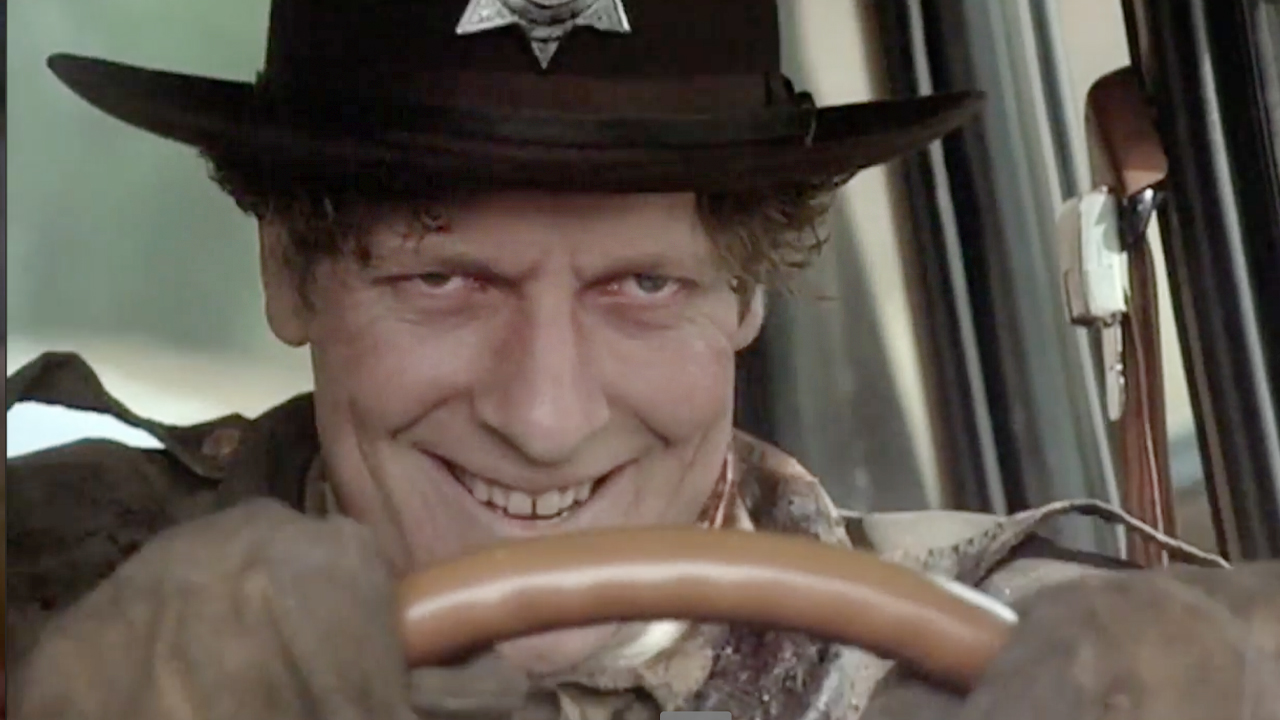
Pet Sematary Two (1992)
Mary Lambert’s follow-up to her grim 1989 original adaptation of Pet Sematary was dismissed as a tonal mess. But, beneath the camp lies a surprisingly sharp portrait of adolescent rage and loss.
Edward Furlong’s performance as Jeff, a boy mourning his mother’s death, taps into the same emotional rawness that made Terminator 2 work. Clancy Brown, as the resurrected stepdad-from-hell, delivers one of horror’s all-time great villain turns–the motorcycle kill is worth the price of admission alone! Lambert injects absurd humor into the carnage, and sure, I won’t argue it’s high art, but it has soul.
These Sequels Aren’t Bad, Just Misunderstood
The truth is, most so-called “bad” sequels aren’t disasters but misunderstood experiments. They’re what happens when filmmakers try to stretch a story’s mythology or take it in unexpected directions, which sometimes means switching genres or making bold choices nobody asked for. And sure, those risks don’t always pay off, but when they do, the results can be weirdly awesome.
So, the next time someone tells you Psycho II or Halloween III “ruined” the franchise, remember that horror thrives on mutation. Sometimes, the monsters we love need to evolve, or die trying.
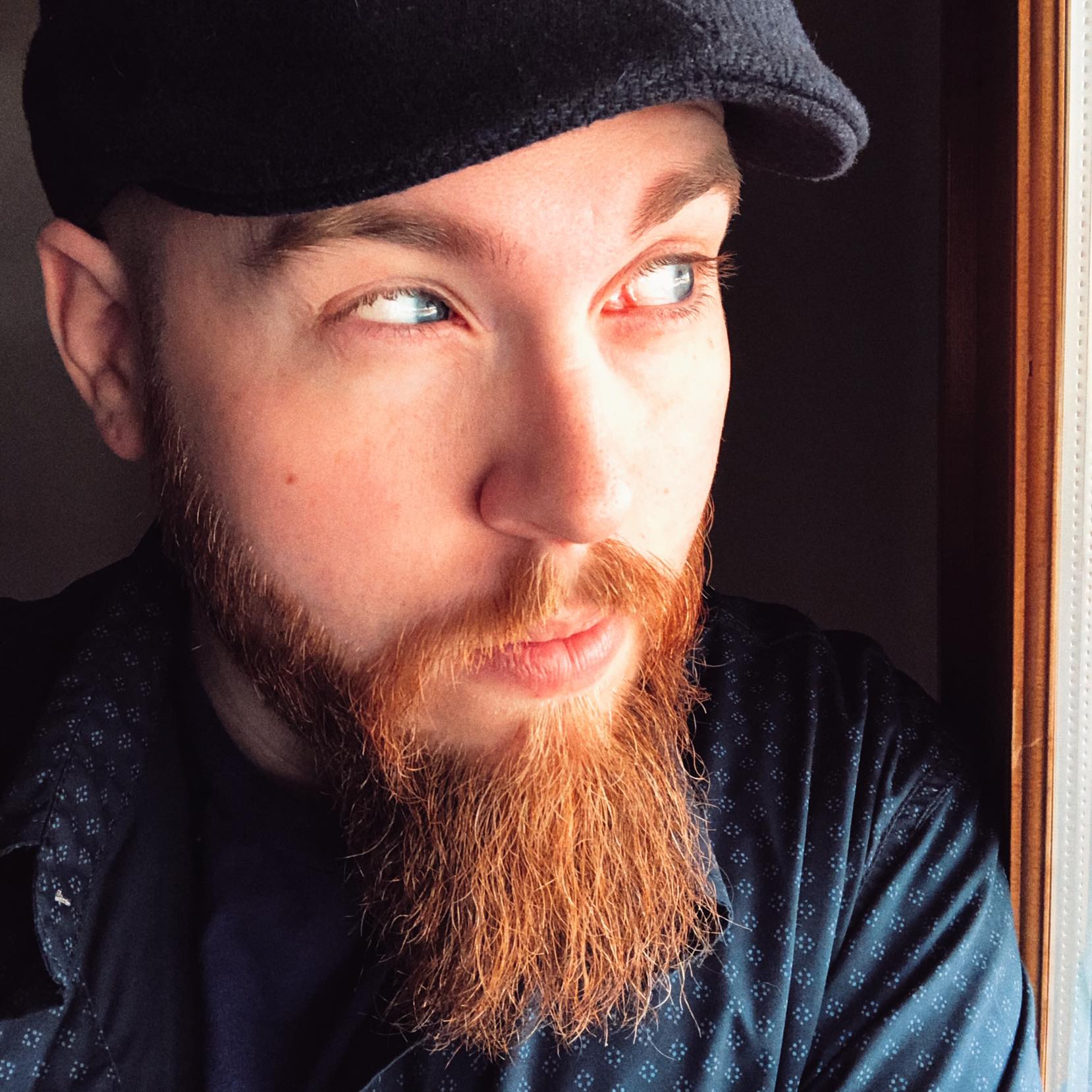
Ryan graduated from Missouri State University with a BA in English/Creative Writing. An expert in all things horror, Ryan enjoys covering a wide variety of topics. He's also a lifelong comic book fan and an avid watcher of Game of Thrones and House of the Dragon.
You must confirm your public display name before commenting
Please logout and then login again, you will then be prompted to enter your display name.
